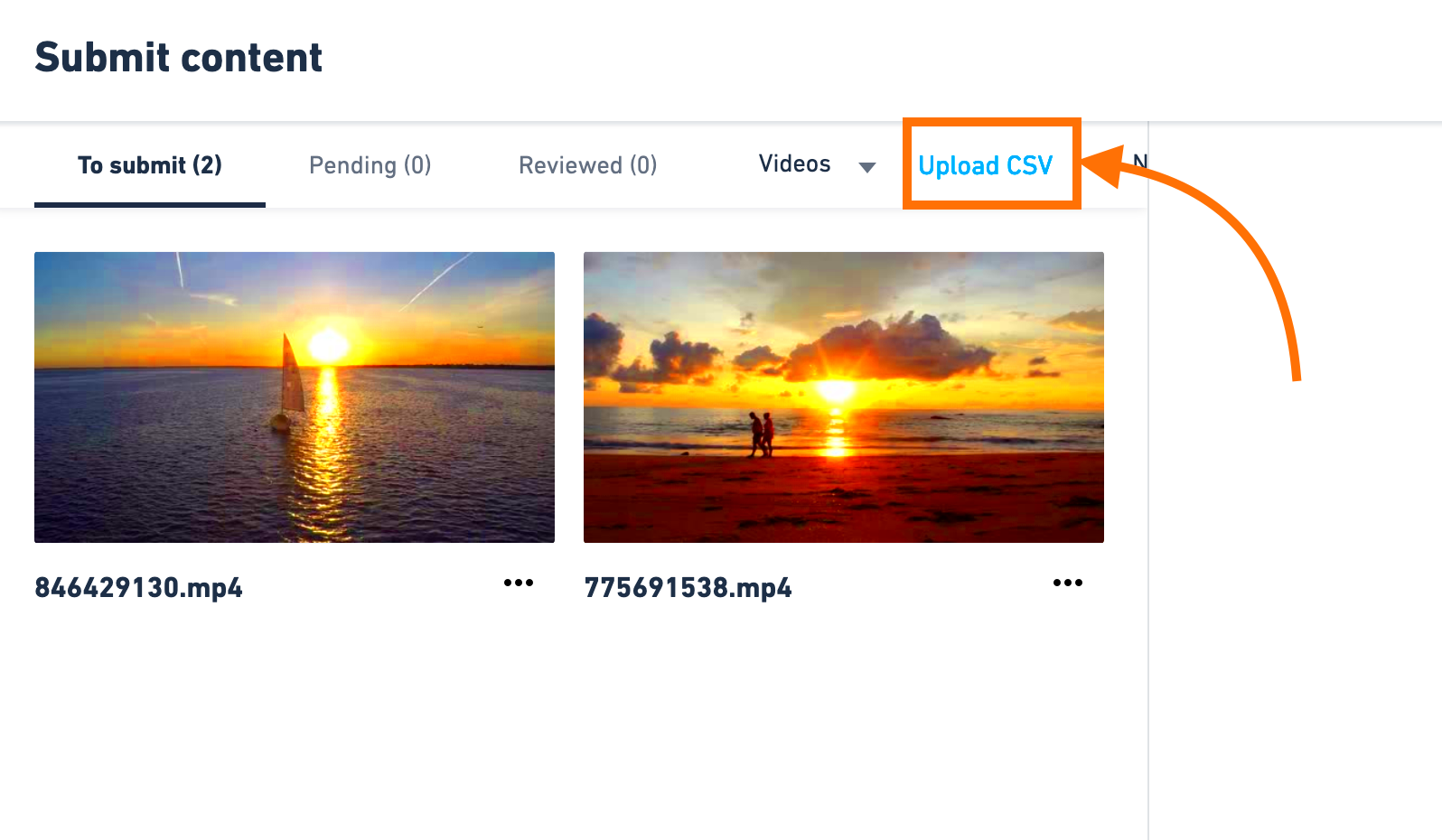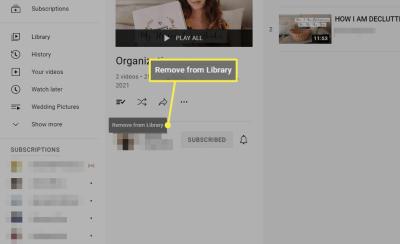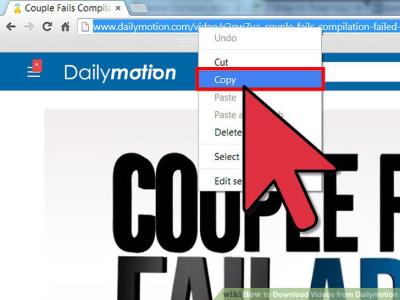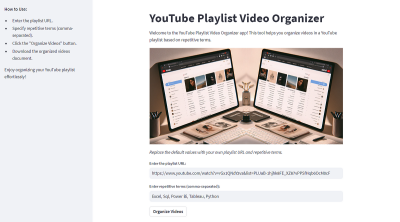Have you ever considered showcasing your videos to a wider audience and earning some money in return?
Shutterstock provides an excellent platform for doing just that! Having explored the realm of stock footage myself I can assure you that submitting your videos to
Shutterstock can be a fulfilling journey.Once you familiarize yourself with the process it becomes quite seamless. It goes beyond merely sharing your creations; it involves engaging with a diverse audience worldwide and receiving acknowledgment for your artistic flair.
Preparing Your Video Files for Shutterstock

Before you kick off the upload make sure to get your video files ready. Here are a few suggestions from my personal experience.
- Resolution and Quality: Ensure your videos are of high resolution, preferably 4K. Shutterstock values clarity and sharpness. When I first started, I found that higher-quality videos often stood out more.
- File Formats: Shutterstock accepts several formats, but MP4 is highly recommended due to its wide compatibility and quality retention. I always convert my videos to MP4 to avoid any format issues.
- Editing and Compression: Keep your videos well-edited and free of unnecessary frames. Compress your files to balance quality and upload speed. I’ve found that using software like Adobe Premiere Pro or HandBrake works wonders.
- Metadata: Make sure to add relevant metadata. This includes titles, descriptions, and tags. It’s like giving your video a name tag that helps viewers find it more easily. I often spend extra time crafting descriptive titles to enhance visibility.
Creating a Shutterstock Contributor Account
Starting out on
Shutterstock is pretty easy, but the first step is to create your Contributor account. Let me walk you through the process with a guide inspired by my own experience.
- Sign Up: Visit the Shutterstock Contributor page and click on “Join.” You’ll need to provide basic information such as your name, email address, and password. It took me just a few minutes to complete this step.
- Verify Your Email: Shutterstock will send a verification email to the address you provided. Clicking on the verification link will activate your account. I remember almost missing this step, so keep an eye on your inbox!
- Set Up Your Profile: Once your email is verified, log in and complete your profile. This includes adding a profile picture and a brief bio. Your profile helps build trust with potential buyers. I used this space to share a bit about my background and interests.
- Submit an Application: You might need to submit an application with some sample uploads for review. Shutterstock will evaluate your samples to ensure they meet their quality standards. It can be a bit nerve-wracking, but it’s an exciting part of the process.
Steps to Upload Your Videos on Shutterstock
After getting your videos ready and creating your
Shutterstock profile its time to share your work with the world. I still vividly recall the mix of excitement and anxiety I felt when I first uploaded my clips! Here’s a straightforward outline of the process to follow.
- Log In: Start by logging into your Shutterstock Contributor account. It’s like opening the door to your creative studio. I always feel a bit of thrill at this point, knowing I’m about to share my work with the world.
- Upload Your Video: Click on the “Upload” button. You can drag and drop your video files into the upload area or browse your computer to select them. I prefer dragging and dropping—there’s something satisfying about watching the progress bar fill up.
- Choose Categories: After your video is uploaded, you’ll need to select relevant categories. This helps buyers find your content. For instance, if you have footage of bustling city streets, select categories like “Urban” or “City Life.” This part always reminds me of the time I spent organizing my photo albums as a kid.
- Review and Submit: Once everything is in place, review your submission to ensure all details are correct. It’s like proofreading an important document. Double-check the video quality and metadata before hitting the “Submit” button.
Adding Metadata and Tags to Your Videos
Metadata and tags serve as signposts directing audiences towards your content. They play a vital role in enhancing the discoverability of your videos. Based on my observations investing effort in including metadata can significantly impact your visibility.
- Title: Craft a clear and descriptive title for your video. It should give potential buyers an idea of what they’re about to see. For example, “Busy Mumbai Street in Monsoon” is more descriptive than just “Street Video.”
- Description: Write a concise description of your video. Highlight key elements and any unique features. When I describe my videos, I think about what would interest a buyer. The more details you provide, the better.
- Tags: Add relevant tags to help your video show up in search results. Think about keywords that potential buyers might use. I often imagine myself as a buyer looking for specific content and tag accordingly.
- Categories: Assign your video to appropriate categories. This will help in filtering searches and reaching the right audience. Choose categories that best fit your video’s content and theme.
Understanding Shutterstock’s Review Process
The review process may initially appear mysterious but gaining insight into it can help alleviate the stress. I recall the anticipation I felt while awaiting the review of my initial set of videos; it was akin to waiting for test scores. Here are some key points to keep in mind.
- Initial Review: Once you submit your video, Shutterstock’s team will perform an initial review to ensure it meets their technical and content standards. They check for resolution, clarity, and adherence to their guidelines.
- Quality Check: If your video passes the initial review, it moves to the quality check phase. This is where the team assesses the artistic and professional quality. It’s like having a mentor review your work. They look for creativity, composition, and overall impact.
- Approval or Rejection: After review, you’ll receive either an approval or rejection notice. If approved, your video will be available for purchase on Shutterstock. If rejected, you’ll get feedback on why it didn’t meet their standards. Use this feedback to improve future uploads.
- Revisions: Sometimes, you may need to make revisions based on feedback. Take it as a learning opportunity. I’ve found that incorporating feedback has helped me refine my work and better understand the platform’s expectations.
Tips for Successful Video Uploads
Sharing your videos on
Shutterstock can be an adventure, but with a few helpful hints you can make the experience more seamless and fulfilling. After going through it a few times I’ve picked up some tips that could potentially save you some time and energy. Consider these as bits of advice to help your videos shine amidst the ocean of stock footage.
- Keep Your Content Unique: Try to offer something different from what’s already out there. Unique content often catches more attention. For example, I once captured a traditional dance in my local village, which really stood out amidst the more generic urban footage.
- Focus on Quality: High resolution and clear audio can make a huge difference. I always make sure my videos are well-lit and in focus. If possible, invest in a good camera or lens. The better the quality, the more likely it is to be selected.
- Optimize Your Workflow: Use batch processing tools to streamline your workflow. I often use software to edit multiple videos at once, saving valuable time. This way, you can focus more on creativity and less on the technical grind.
- Engage with Feedback: Don’t be discouraged by rejection. Instead, see it as a learning opportunity. I’ve received feedback that helped me improve my editing and shooting techniques. Embrace constructive criticism—it’s a stepping stone to better work.
- Stay Consistent: Regular uploads can increase your visibility. Try to upload consistently, even if it’s just a few videos a month. I’ve found that maintaining a steady flow of content helps in building a stronger presence on Shutterstock.
Common Issues and Troubleshooting
Every trip has its rough patches and the process of uploading videos to
Shutterstock is no different. Based on my own experiences I can assure you that many challenges can be resolved with a touch of perseverance and expertise. Allow me to share a guide on issues you might encounter and how to address them.
- Video Quality Issues: If your video is rejected for quality issues, double-check the resolution and clarity. Sometimes, a simple tweak in your editing software can make a big difference. I’ve had to re-edit a few videos to meet Shutterstock’s high standards.
- Metadata Errors: Incorrect or missing metadata can lead to rejection. Make sure you fill in all required fields accurately. I often cross-check my titles, descriptions, and tags to ensure everything is correct before submission.
- File Format Problems: If your file isn’t accepted, it might be in the wrong format. MP4 is the most reliable format for Shutterstock. Convert your files if needed. I use HandBrake for conversion, which has always worked well for me.
- Uploading Issues: If you’re having trouble with the upload process, check your internet connection and file size. Large files might take longer to upload. I’ve sometimes split large videos into smaller chunks to ease the process.
- Feedback Handling: Receiving feedback can be tough, but it’s essential for growth. If your video is rejected, carefully review the feedback and use it to improve your future submissions. Every piece of advice can be a stepping stone to better content.
FAQ
What file formats does Shutterstock accept?
Shutterstock primarily accepts MP4 files. This format is widely supported and ensures good video quality. If your video is in a different format, you might need to convert it using tools like HandBrake or Adobe Media Encoder.
How long does it take for a video to be reviewed?
The review process usually takes a few days, but it can vary. During peak times, it might take a bit longer. I’ve found that patience is key here. Keep an eye on your account for updates on your submission status.
Can I update my video after submission?
Once a video is submitted, you can’t directly edit it. If you need to make changes, you’ll have to withdraw the submission, make the necessary edits, and re-upload the video. It’s a bit of a process, but it ensures that only the best content is available for purchase.
What should I do if my video gets rejected?
Review the feedback provided by Shutterstock and address any issues mentioned. Sometimes it’s a matter of improving quality or fixing metadata. Use the feedback constructively to enhance your future submissions. Every rejection is a chance to learn and grow.
How can I make my videos stand out on Shutterstock?
Focus on creating high-quality, unique content that fills a niche or offers something different. Good metadata and tags also help in making your videos discoverable. Consistency in uploading and engaging with feedback can also contribute to your success.
Conclusion
Sharing videos on Shutterstock is a fulfilling experience that combines artistry with the chance to connect with viewers worldwide. Looking back on my own path I recall the mix of thrill and apprehension that accompanied each submission. The main lesson? Being patient and persistent is crucial.As you hone your abilities and expand your collection remember that every aspect – from prepping your content to interacting with feedback – contributes significantly to your achievements. Embrace the process and before you know it you'll maneuver through the platform effortlessly. Enjoy the uploading process!
 Before you kick off the upload make sure to get your video files ready. Here are a few suggestions from my personal experience.
Before you kick off the upload make sure to get your video files ready. Here are a few suggestions from my personal experience.
 admin
admin








